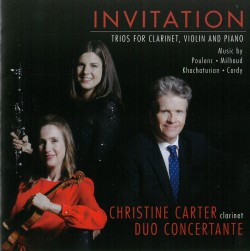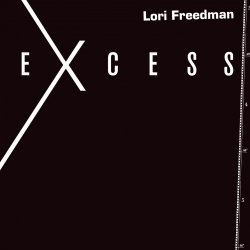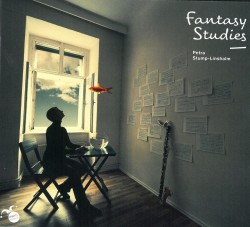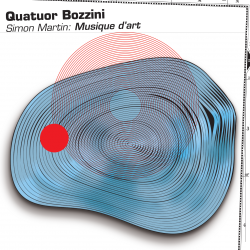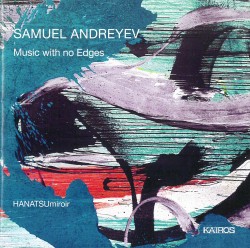Gernot Wolfgang: Vienna and the West, Groove-Oriented Chamber Music, Vol. 4 - Various Artists
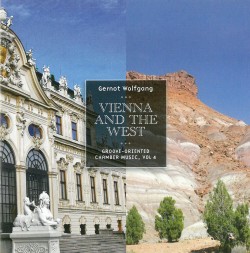 Gernot Wolfgang – Vienna and the West, Groove-Oriented Chamber Music, Vol. 4
Gernot Wolfgang – Vienna and the West, Groove-Oriented Chamber Music, Vol. 4
Various Artists
Albany Records TROY1760 (gernotwolfgang.com)
If you are searching for a fresh and distinct fusion of styles, something classically based yet different, this is the album you might want to consider. Gernot Wolfgang, an Austrian-born composer now based in Los Angeles, masters an idiosyncratic fusion of the elements of the Second Viennese School with contemporary jazz in this selection of chamber music pieces featuring various combinations of instruments. In a way, these pieces take inventory of the stylistic as well as geographical influences on Wolfgang’s compositional style. Music on this album has a firm and clear classical music foundation but what makes it interesting is the interweaving of the rhythmical jazz grooves, occasional country western music motives (especially in strings) and the cinematic quality of some sections.
Passage to Vienna for piano trio, the second piece on the album, is a story told in fragments, and exemplifies why this unique fusion works so well. It opens with a beautifully flowing, seductive melody in the piano and repeated unison in the strings. Groovy rhythms precede a jazzy violin solo, done with flair and style. We are then transported to Vienna at the turn of the century, and non-linearity takes over along with strong cinematic colours. The mood shifts back to America toward the end and the opening theme comes back but this time it is coloured with dissonance. Another jazzy violin solo, with added country-style motives and propelling rhythms in the piano bring this piece to a conclusion. The textures are simply divine.
All the compositions on this album are engaging and atmospheric and a strong cast of musicians adds individual flavours to Wolfgang’s music.


